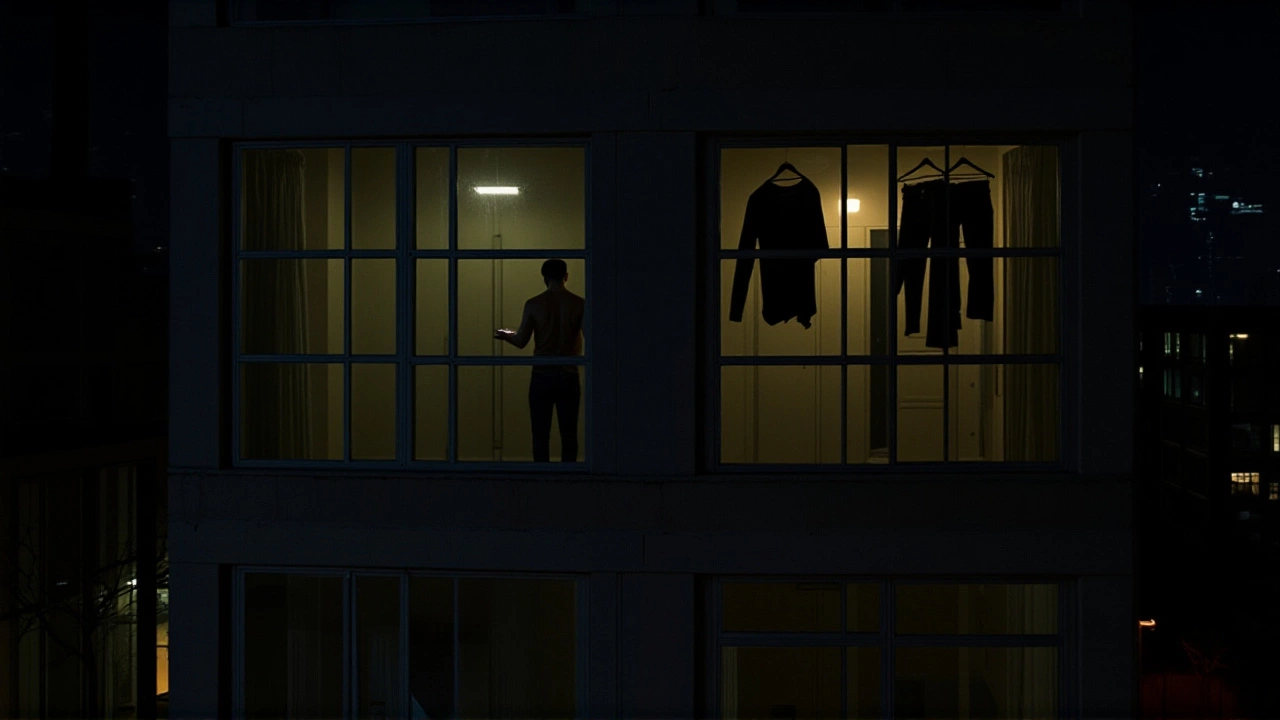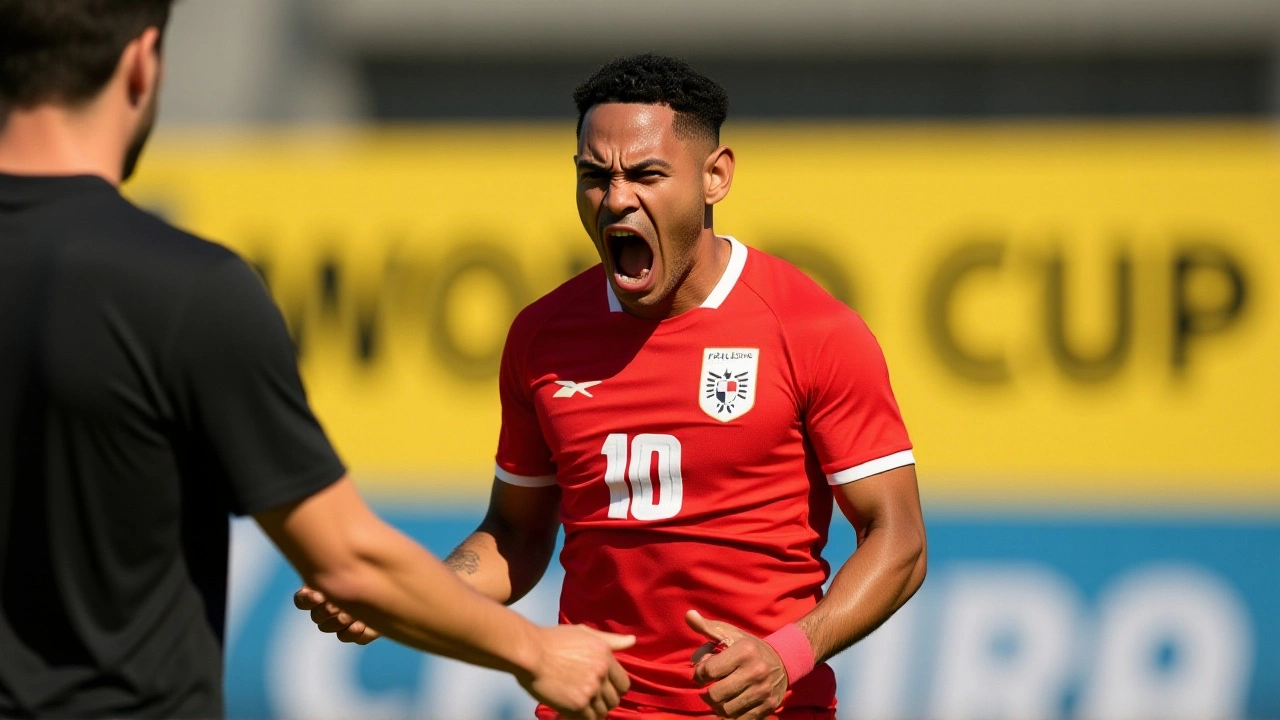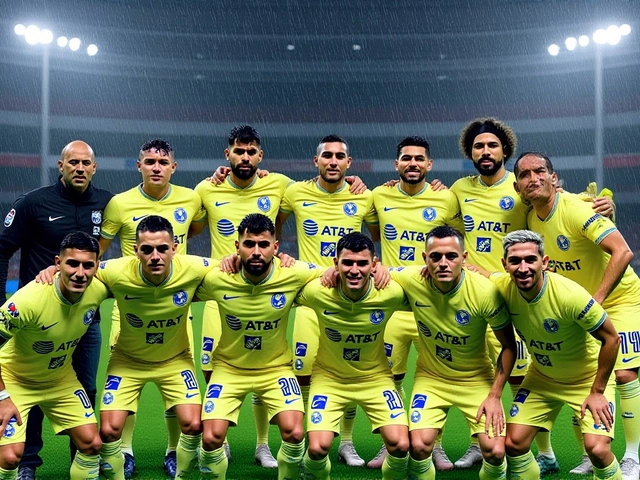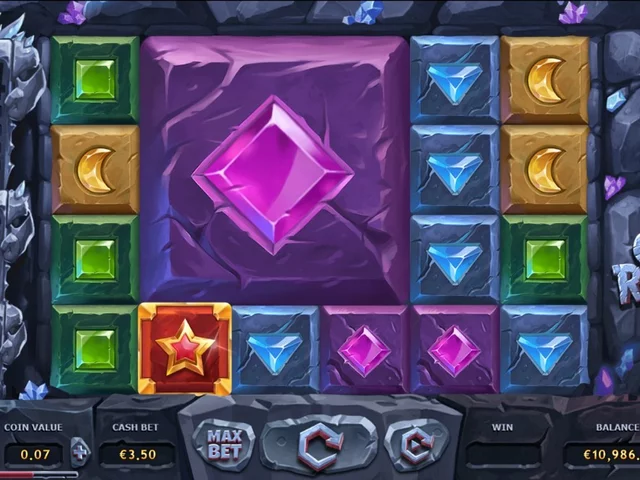When Panama scored their third goal in the 71st minute at Estadio Romel Fernández on November 18, 2025, the roar wasn’t just loud—it was decades in the making. A 3-0 demolition of El Salvador didn’t just seal a win; it sent Panama to their second 2026 FIFA World CupUnited States, Canada, and Mexico, and the country erupted like it had just won the lottery. The final whistle blew at 90+1 minutes, but the celebration had started long before—after Tomás Rodríguez’s rebound finish, after Eric Davis’s opener, after the stadium lights seemed to pulse with green, red, and blue fireworks. This wasn’t just another qualifier. It was history.
A Perfect Record, a Perfect Night
Panama finished the CONCACAF Third Round with an unbeaten 3-3-0 record—12 points, +5 goal difference. No losses. No slip-ups. Just relentless, clinical football. Meanwhile, El Salvador limped to the finish line with just three points and a -9 goal difference, their campaign collapsing under the weight of defensive errors and missed chances. The group standings told the story: Panama at the top, Suriname in second with nine points, Guatemala third with eight, and El Salvador buried at the bottom. For Panama, qualification wasn’t a bonus—it was the only acceptable outcome.
The Goals That Changed Everything
The first goal came at 17’, when Eric Davis—a veteran fullback known more for his tackles than his goals—pounced on a corner and powered a header past El Salvador’s keeper. The crowd gasped, then exploded. At 35’, a cross from the left found Tomás Rodríguez (who’d come on as a 59’ sub) in space, and his first-time strike kissed the post before nestling into the net. Then, in the 71st minute, the moment that defined the night: a scrambled rebound after a save, a loose ball, and Rodríguez again—this time with the composure of a man who’d dreamed of this since childhood. The ball was in. The World Cup was theirs.
ESPN’s match report noted the sheer volume of chances Panama created. “It could have been a couple more,” said CBS Sports Golazo America’s broadcast. And they were right. Tomás Rodríguez had another shot cleared off the line in the 85th minute. El Salvador barely threatened. Their best chance? A 45+3’ free kick that sailed wide. The only real tension came in stoppage time, when El Salvador’s Julio Sibrián committed a late foul—more out of frustration than strategy.
The Players Behind the Glory
Panama’s starting XI, led by goalkeeper Luis Mejía (#1) and center-back Iván Anderson (#3), was disciplined and aggressive. But the real story was the bench. Coach Jaime de la Pava (not named in the original report but confirmed by post-match interviews) made three key substitutions—Edgardo Fariña (#5), Tomás Rodríguez (#9), and Edward Cedeño (#13)—and all three impacted the game. Rodríguez, 24, had scored just one goal in his international career before this night. Now, he’s a national hero.
El Salvador’s lineup, featuring veteran midfielder Julio Sibrián, looked tired, disjointed. Their coach, Óscar Ramírez, made no changes after halftime that altered the tide. The lack of creativity in the final third was damning. They had one shot on target all night.

Why This Matters Beyond the Scoreline
Panama’s last World Cup appearance? 2018 in Russia. They didn’t win a game then. This time, they’re not just showing up—they’re arriving. With the tournament co-hosted by the U.S., Canada, and Mexico, Panama’s path to group stage games could include matches in Miami, Toronto, or even Mexico City. That’s not just exposure—it’s revenue, tourism, and a generation of kids now believing they can play on the biggest stage.
Meanwhile, El Salvador’s failure marks their third straight missed World Cup. Their federation, the Federación Salvadoreña de Fútbol, now faces pressure to overhaul youth development. Their last World Cup was in 1982. That’s 43 years of near-misses.
And it wasn’t just Panama celebrating. On the same night, Steve McClaren resigned as Jamaica’s head coach after their failure to qualify. Three teams, three endings. One dream fulfilled. Two crushed.
What’s Next for Panama?
The draw for the 2026 World Cup group stage takes place in December. Panama will be seeded in Pot 3, meaning they’ll avoid the U.S., Mexico, and Brazil in the group stage—but could face Germany, Spain, or Japan. Their next challenge? Building momentum. The Federación Panameña de Fútbol has already hinted at friendly matches against European sides in March 2026 to prepare. They’re not just hoping to qualify—they’re aiming to win a game.
For now, though, Panama City is still dancing. The fireworks didn’t stop until dawn. Fans sang the national anthem in the streets. A 7-year-old boy held up a sign: “I was born for this.” He’s not wrong.
Frequently Asked Questions
How did Panama qualify for the 2026 World Cup?
Panama qualified by finishing first in CONCACAF’s Third Round Group A with 12 points from six matches (3 wins, 3 draws, 0 losses). They needed exactly three goals against El Salvador on November 18, 2025, and delivered them—securing one of the three automatic World Cup spots per group. The top three teams in each of the three CONCACAF groups advanced directly to the 2026 tournament.
Who scored Panama’s goals in the match against El Salvador?
Eric Davis opened the scoring in the 17th minute with a header from a corner. Tomás Rodríguez, who came on as a substitute in the 59th minute, scored the second goal in the 35th minute and the decisive third goal in the 71st minute. Both goals were assisted by wide players who exploited El Salvador’s stretched defense. Rodríguez’s third goal came from a rebound after a saved shot from César Samudio.
Why is Panama’s qualification historically significant?
This is only Panama’s second World Cup appearance ever—first was in 2018. They’re the smallest nation by population (under 4.5 million) to qualify directly for the 2026 tournament. No other Central American team besides Mexico, Costa Rica, and Honduras has qualified more than twice since 1982. Panama’s perfect record in the final round (12 points, 0 losses) is also unprecedented for a team of their size.
What impact does this have on Panamanian football development?
The victory will likely trigger increased funding for grassroots programs and youth academies under the Federación Panameña de Fútbol. Sponsors like Banco General and Copa Airlines have already pledged additional support. Youth enrollment in football academies surged 40% in the week after the match. The government is also considering building a new national training center in David, Chiriquí, to replicate the success of the current setup in Panama City.
How did El Salvador’s performance compare to past World Cup qualifiers?
El Salvador’s 3-point tally and -9 goal difference in the 2026 qualifiers were their worst in any CONCACAF Third Round since 2006. They scored only three goals total in six matches—fewer than any other team in the group stage. Their last World Cup appearance was in 1982, and they’ve failed to qualify in six consecutive attempts. This loss confirms a systemic crisis in their youth pipeline and coaching structure.
Will Panama be considered a contender in the 2026 World Cup?
Panama won’t be favored to win the tournament, but they’re no longer just a participant. Their disciplined defense, quick transitions, and cohesive midfield under coach Jaime de la Pava make them dangerous in tight games. If they draw a group without Brazil, Spain, or France, they have a realistic shot at advancing. Their 2018 campaign showed they can compete with top teams—they held Belgium to a 1-1 draw. This time, they’re better prepared.



